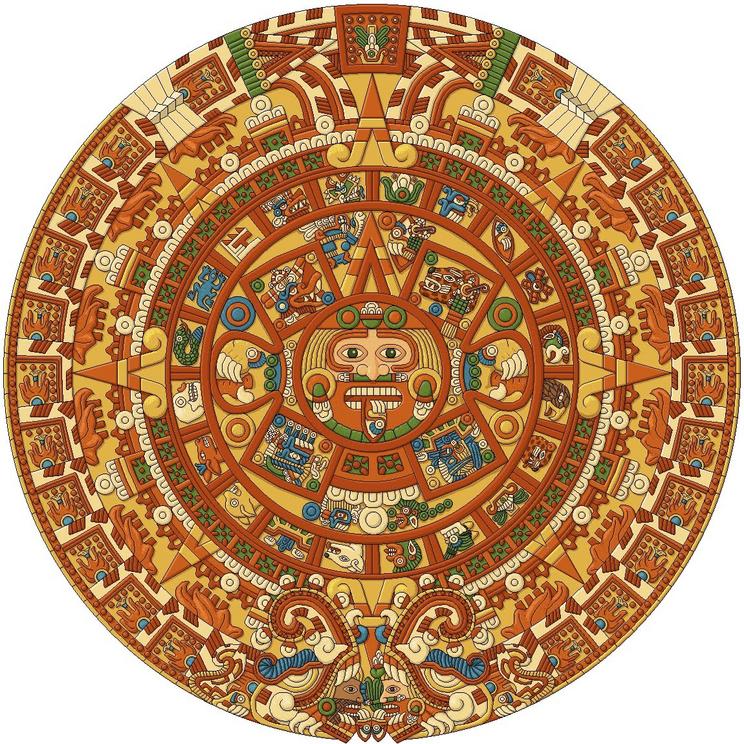Tenochtitlan: the great ceremonial capital of the Aztec people
Tenochtitlan, located on an island near the western shore of Lake Texcoco in central Mexico, was the capital city and religious center of the Aztec civilization. The traditional founding date of the city was 1345 AD and it remained the most important Aztec center until its destruction at the hands of the conquering Spanish led by Hernán Cortés in 1521 AD.
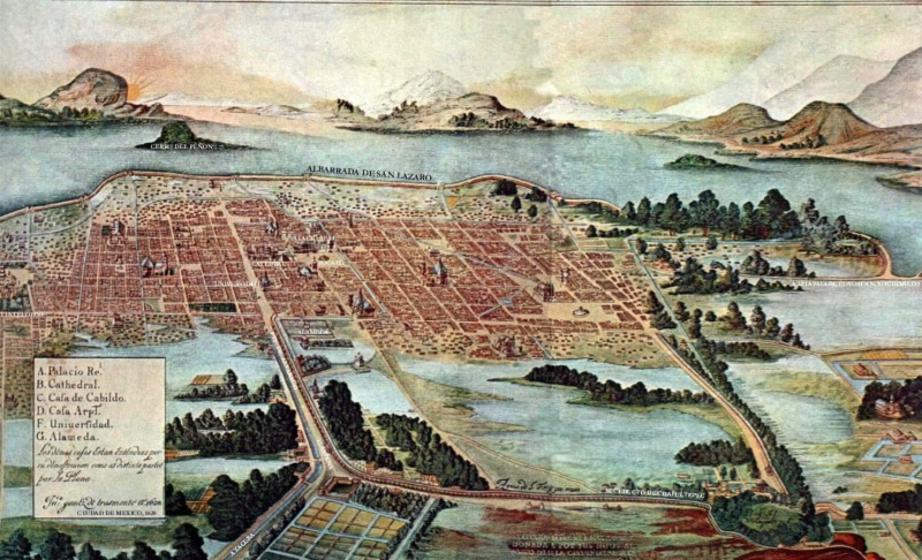
In Aztec mythology the founders of the city migrated from the legendary Aztlán cave in the northwest desert which involved a protracted journey that eventually led to Lake Texcoco. During this migration priests had carried a huge idol of the god Huitzilopochtli, who whispered directions, gave the Méxica their name and promised great wealth and prosperity if he was suitably worshiped.
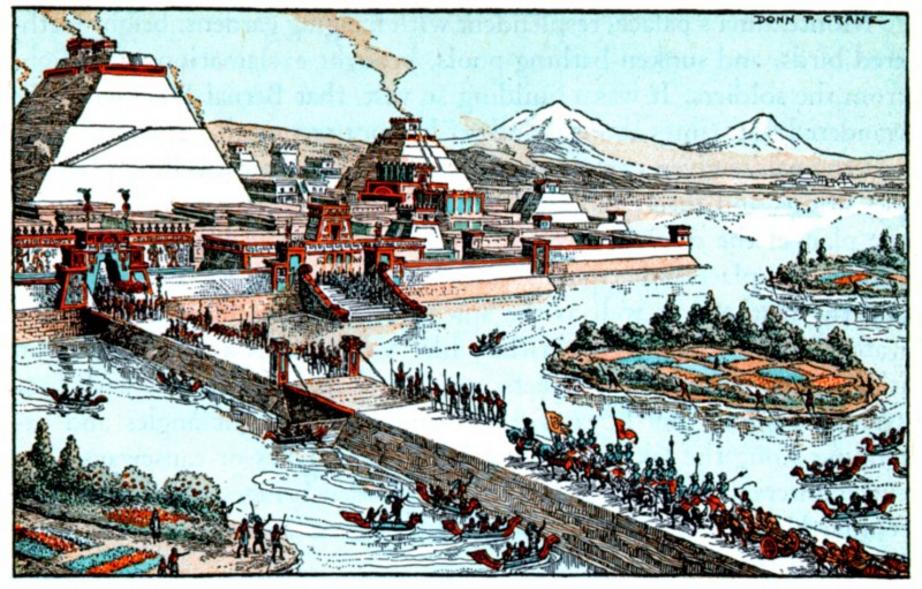
Although the city was destroyed and over the following centuries extensively built over, the chroniclers of the 16th century AD, fortunately, recorded in great detail the buildings and works of art that had once made Tenochtitlan one of the greatest cities in Mesoamerica and, with over 200,000 residents, certainly the most populous.
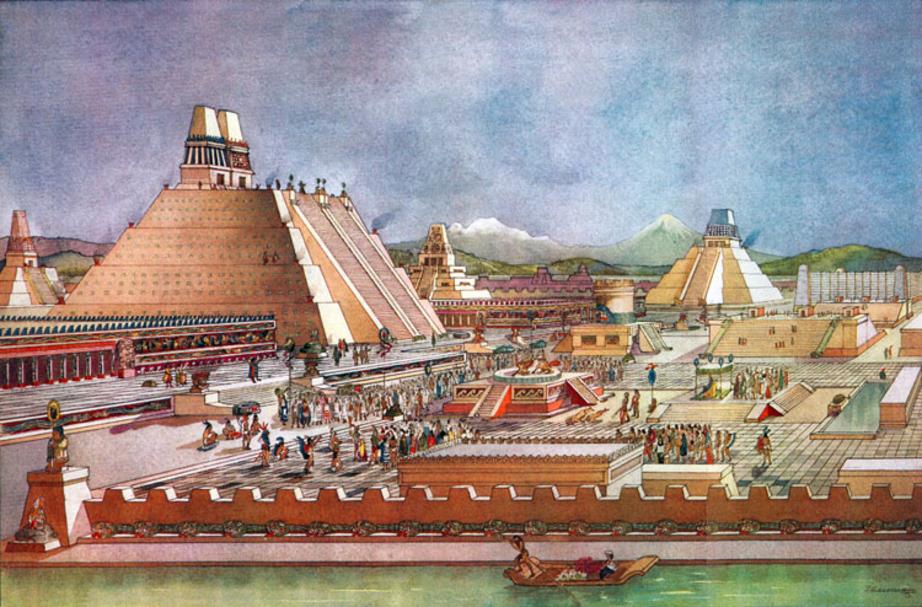
As Bernal Diaz del Castillo, one of Cortés’ men put it on first seeing the city:
It was like the enchantments in the book of Amadis, because of high towers, rues [pyramids] and other buildings, all of masonry, which rose from the water. Some of the soldiers asked if what they saw was not a dream.
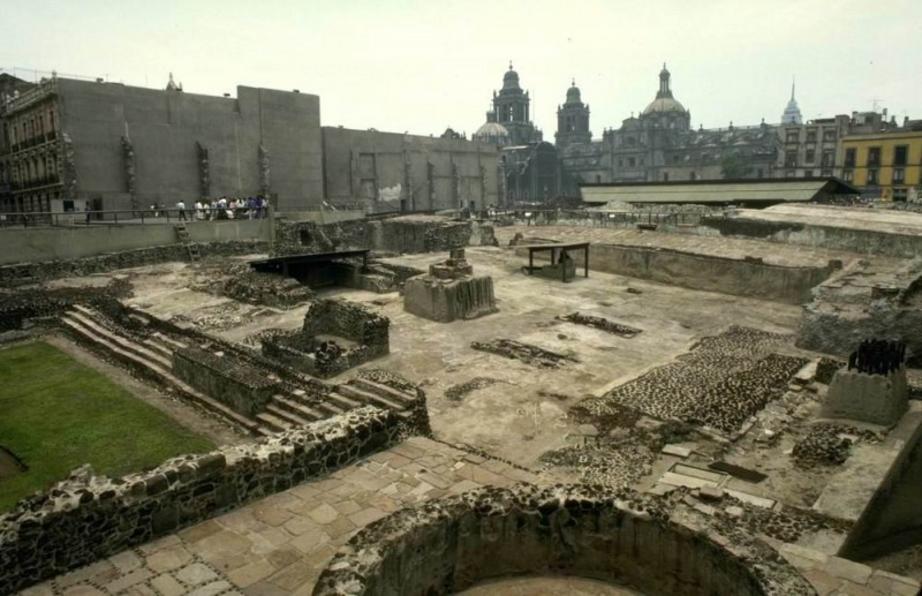
Though little of Tenochtitlan remains, there is evidence that the sacred precinct was built over much earlier structures, that the temples themselves were reconstructed and added to many times and within them were buried offerings such as the coral, shells and other sea life from the coast. In addition to magnificent works of Aztec art, excavation of the temples has revealed caches of art from many earlier Mesoamerican civilizations as far back as the Olmecs, illustrating that the Aztecs were appreciative and even reverent art collectors.
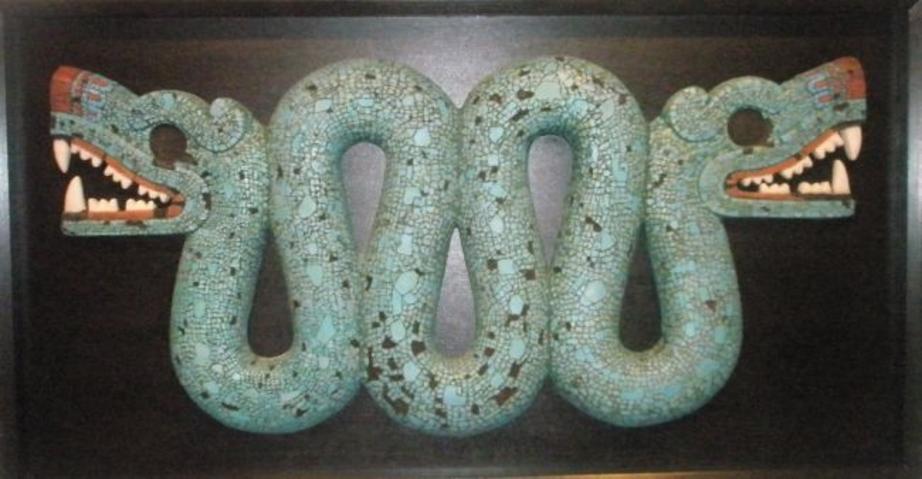
Upcoming Tours You Can Join
Our operations began nearly a decade ago as a way to facilitate my longterm research into megalithic sites and ancient wisdom. Over the years our offerings have grown to an annual series of major group tours featuring well known researchers as well as private tours with me to sites in Peru and Bolivia.

